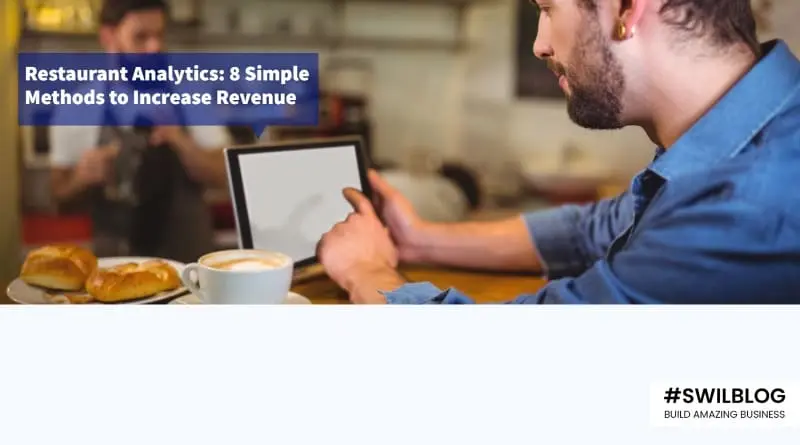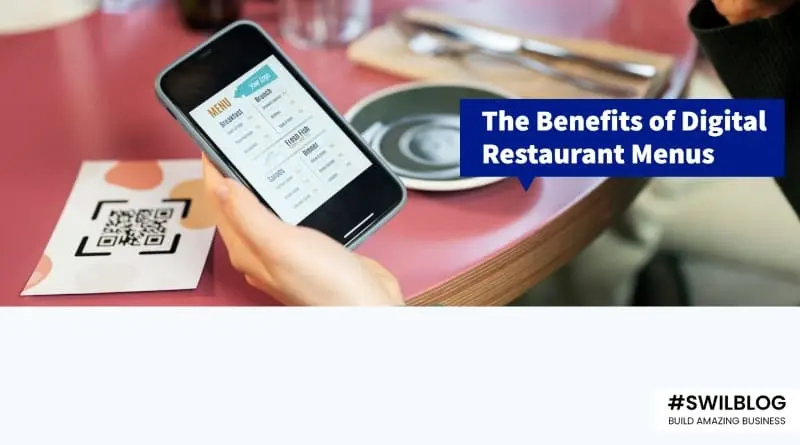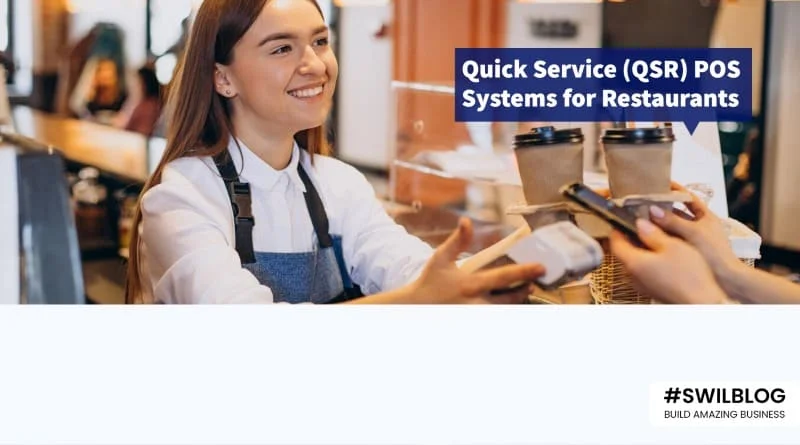Introduction
Running a profitable restaurant is difficult due to a crowded industry, high health standards and hefty initial costs. Owners must therefore take all action feasible to boost sales and cut personnel expenses.
While there are various ways to support the restaurant industry, big data may hold the key to success. Many in the restaurant industry are aware of how crucial it is to use data to improve decision-making and boost profits. It is becoming increasingly essential for every owner to invest in these technologies as software vendors keep advancing and lowering the cost of restaurant technology.
Are you curious about what restaurant analytics can provide? Continue reading to find out how these 8 simple tips might help a restaurant boost sales.
Article Content-
- Apply Restaurant Analytics to Increase Table Turnover
- Reduce Food Waste with Restaurant Analytics
- Streamlining Staff using Restaurant Analytics
- Restaurant Analytics Cuts Down on Discounts and Rewards
- Restaurant Analytics Reduces Turnover
- Restaurant Analytics Monitors Performance
- Restaurant Analytics Enhances Marketing
- Restaurant Analytics Enhances Menu Design
- Conclusion
1. Apply Restaurant Analytics to Increase Table Turnover
A digital system called a POS system makes it possible for consumers to pay for their meals. Restaurant POS systems have developed throughout time. They can streamline the ordering process and even enable tabletop payment for customers.
This can enhance the visitor experience and generate repeat customers. Additionally, quick order and payment options allow waiters to help more customers, reducing wait times and speeding up table turnover. Additionally, a POS system gathers useful analytics information that restaurant management uses to understand consumer preferences and daily sales.
2. Reduce Food Waste with Restaurant Analytics
Food costs are already excessively high, but food waste makes everything much more costly. Food loss and financial waste are caused by improper inventory management and excessive ordering. Any food waste is too much when profit margins are so narrow.
Restaurants can control the food that comes into and leaves the kitchen with the use of efficient POS systems. Additionally, it guarantees staff accountability for each menu item’s preparation and presentation. Under ordering of essential items is also prevented by effective Food inventory management. Customers’ whole experience is enhanced by the ability to order precisely what they want when they want it.
Some shocking facts about food waste–
- In the US, 30–40% of the food supply is wasted.
- The two main causes of food waste are inadequate portion sizes and excessive shopping.
- In America, 54 million individuals deal with food shortages and hunger.
- 12% of fruits and vegetables are lost at the distribution stage of the supply chain.
3. Streamlining Staff using Restaurant Analytics
Many managers have a strong suspicion that a worker is being slack, but they lack the evidence to back it up. Owners can track employee performance using data analytics and restaurant reporting. They can keep low-performing employees accountable by presenting them with incomplete sales statistics or records of recurring absences.
Owners can also utilize human resources when they are most needed by using an efficient software solution. Analytics reveals when to add more workers to a shift and which hours saw significant losses. This boosts employee morale and simplifies scheduling, which lowers turnover.
4. Restaurant Analytics Cuts Down on Discounts and Rewards
While proprietors occasionally must make up for a customer’s meal, it shouldn’t happen frequently. Over time, a few basis points of pay build up and reduce profitability.
Additionally, servers who routinely pay for entire meals or reduce checks for friends are wasting time, money, and labor. Restaurant operators may go deeply into POS data to observe what’s occurring with the right software solution.
5. Restaurant Analytics Reduces Turnover
Every business owner is aware of the negative effects that high turnover has on revenue. The onboarding process is time-consuming, labor-intensive, and expensive. It lowers morale and costs money when a recruit leaves after a few months.
By using a POS system and predictive analytics, owners can use easy strategies that increase employee happiness and lower turnover. Functionality, for instance, can coordinate floor plans,
assign the right servers to the right tables, and simplify scheduling. Additionally, doing so will boost productivity, which enhances customer satisfaction and boosts revenue.
Some facts about Turnover–
- 65% of employees believe they can get better jobs somewhere.
- In March 2020, the rate of employee retention fell to an all-time low.
- Low retention will cost the US economy $430 billion annually by the year 2030.
- Within the first 45 days of work, 20% of turnover occurs.
6. Restaurant Analytics Monitors Performance
Owners could use POS analytics to streamline scheduling, identify top-performing staff, and improve onboarding procedures. Other advantages include
Identify your Weaknesses and Strengths
There is a problem if one employee sells more than all other employees combined. Analytics should be used by owners to identify weaker personnel so that they can be paired with stronger ones. Sales will increase, and morale will rise as a result.
Reduce Turnover
While turnover cannot be completely avoided, it can be reduced. Owners should use analytics to identify struggling employees so they can help them.
Matching Effective Servers with Important Visitors
Restaurant owners can use restaurant software to link top-performing waiters with VIPs to enhance customer loyalty and deliver superior customer service.
7. Restaurant Analytics Enhances Marketing
Restaurant owners can employ software to gather useful data that will help them improve their next marketing campaigns. They can recognize which ads worked well and which required more effort, personalize promotions for clients, and boost sales. Owners can assess the success of each marketing initiative by comparing sales data to campaigns with the use of POS analytics.
Promotions and social media campaigns are just the beginning of marketing. Owners can use POS analytics to throw out a free dessert on someone’s birthday or provide a VIP with a favorite drink. Over time, these modest actions will boost client loyalty and boost revenue.
8. Restaurant Analytics Enhances Menu Design
Owners can optimize menu engineering and boost earnings by using POS systems to take advantage of data-driven insights. A common misconception among business owners is that the product with the largest sales will also be the most profitable.
POS systems give users the ability to delve deeper into data to determine which options encourage repeat business and boost profits. On the other hand, if the owner changes his or her sales strategies or menu layout, some lower-selling items can still be profitable. These simple adjustments can result in long-term profit increases, reduce waste, and enhance the customer experience.
Some tips for improving menu design-
- Understanding menu pricing.
- Establish a food cost percentage.
- Identify the contribution each component makes to the overall result.
- Count how popular each menu item is.
Conclusion
Restaurant menu optimization may seem like a huge project, but if you successfully follow the above instructions, it will boost future sales and your bottom line. Restaurant menu optimization is important because it enables the restaurant owner to decide which menu item will have the biggest financial impact and what actions should be performed to increase the profit margin.
You can also consider SWIL’s POS software for your restaurant. With the help of the potent software program SWIL’s RetailGraph, you may grow your restaurant business to new heights. Its reliable POS systems simplify the restaurant invoicing procedure. Additionally, it offers a real-time picture of the price, inventory management, out-of-stock scenarios, sales, and management modules for expiration, returns, and wastage. Also, CRM solutions handle promotions and customer loyalty.






